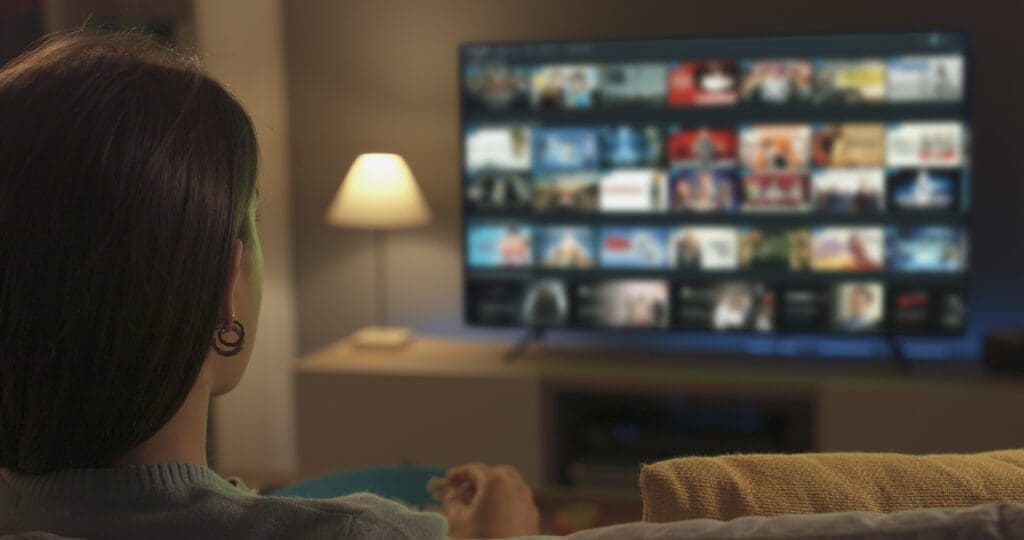Today’s increasingly tech-savvy consumers want to access their favorite streaming services across any device, no ifs, no buts, signaling device fragmentation can become a major issue for platforms.
High-quality content was typically hailed as the top reason consumers would stick with a video streaming service. It’s why major players, such as Amazon Prime Video, Disney+, and Netflix, have invested billions of dollars in original programming. However, while it’s undeniable high-quality content is important, our recent research found that the majority of consumers actually view value for money (54% in the US and 57% in the UK) as more important than the availability of their favorite content (48% in the US and UK) when deciding to keep a platform subscription. The ability to stream across all devices was the third biggest reason to keep a service.
I think it’s incredibly interesting that the ability to stream across all devices has become one of the top three reasons to stick with a service, but I am not entirely surprised! Video streaming technologies have made huge advancements in the last two decades. We’ve come a long way from the days when it was common and accepted to watch lower-quality videos with longer start-up times that were frequently rebuffered. Video streaming is now more sophisticated and so are consumers’ expectations of their online experience.
Our research also found that Connected TVs are the most popular choice for video streaming (67% in the US and 68% in the UK), followed by smartphones, tablets, and laptops. It’s clear consumers are using a huge range of devices to stream content, which explains why a video streaming service’s ability to support all these devices is a top priority. It’s an expectation platforms need to meet quickly if they want to attract and retain subscribers. Further confirming this expectation, our annual Video Developer Report showed that the leading streaming services support at least 24 devices across 12 different platforms, and a study done by Parks Associates found that the average household uses more than four different devices at any given moment!
As more devices enter the mix, streaming services need to find an effective way to test device support or risk a sub-par viewing experience that can result in negative attention, reviews or even a subscriber abandoning the service entirely. It’s no secret that consumers are currently examining every cost, so a seamless and compelling online experience will help minimize churn. The most common ways to tackle device fragmentation is via manual or automated testing of playback on each device. However, both of these methods come at a high cost in terms of time and money, especially manual testing, which requires an in-house team of developers to build out the testing process and administer it regularly. I personally don’t believe this method is a good use of in-house developer teams’ time. There is also the option of automated testing that requires a team of developers to build it from scratch or buy a barebones solution, so they have to add test cases themselves. While this may be more cost-effective in the long term, it still takes significant time to build out the parameters for each test and cover every use case for older and new devices.
It’s why we created a solution like Stream Lab, which focuses on ensuring a quality viewing experience for users and makes testing, supporting, and managing playback on more devices much easier. It provides developer teams with full control over the testing scenarios (e.g., Device type, DRM) and is pre-populated with use cases. Oh, and it’s 100% automated, which is pretty awesome! It’s this approach to device testing that will address the challenge of device fragmentation to guarantee flawless playback on every device and ensure streaming services can meet consumer demand for the ability to stream their favorite content across all devices.
It’s clear from our research that while high-quality content is important, it’s not the only deciding factor when someone is deciding whether to keep their video streaming subscription. They’re looking at a subscription’s value for money, which includes the overall viewing experience, and I expect that the services that solve the device fragmentation puzzle first will reap the greatest benefits.



